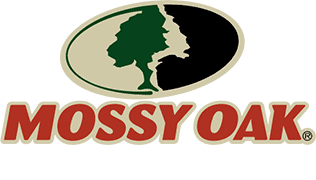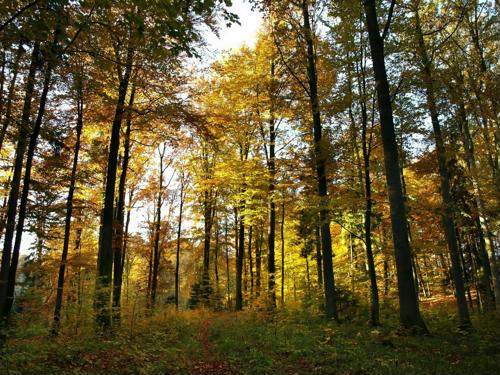Timber prices per acre are not set in stone. They shift based on what is growing, who is buying, and where the land sits. Hardwood trees like oak or walnut often offer higher prices than softwoods like pine, partly because they are used for furniture or flooring, so buyers are willing to pay a premium. Older, mature trees also add value since they yield more usable wood. Location matters, too. Land near mills or highways cuts transportation costs, making the timber more profitable. At Mossy Oak Properties, we have seen firsthand how these details shape prices, whether it is a dense maple stand in the Northeast or a pine plantation in the South.
Market demand plays a big role. Sawtimber used for construction or veneer logs for fine woodworking can drive prices up, especially when housing markets boom. But timber is not immune to surprises. Wildfires, storms, or even shifts in the economy like rising interest rates slowing home builds can tighten supply or dampen buyer interest. For example, a surge in paper production might boost pulpwood prices, while a slowdown in furniture sales could lower demand for cherry or walnut. Staying ahead means balancing what is growing on the land with what is happening in the world.
Timber Market Trends & Pricing Factors
Right now, housing and construction are major drivers. Southern pine forests feed demand for framing lumber, while Northeastern hardwoods like cherry and walnut cater to high-end furniture markets. Out West, Douglas fir and cedar are prized for their strength and durability, often fetching premium prices. But it is not just about trees. Global trade policies, like tariffs on imported lumber, can push buyers toward local sources, bumping up prices for U.S. timberlands.
Geography also shapes value. A hardwood stand in Pennsylvania might sell for $3,000–$5,000 per acre, while Southern pine averages $1,500–$2,500. Unpredictable factors like wildfires in the Pacific Northwest or hurricanes in the South can disrupt supply chains, temporarily spiking prices. Economic shifts matter, too. When inflation eases, construction projects pick up, but high interest rates might mean fewer new homes and less demand for lumber.
How to Determine Timber Value Per Acre
Measurement Methods
Timber is priced by volume or weight. Sawtimber and veneer logs are measured in board feet, a standard for high-quality wood. Pulpwood and chip-n-saw logs, used for paper or particleboard, are often priced by the ton. For example, a ton of pine pulpwood might sell for $10–$30, while oak sawtimber could hit $150+ per ton. The method depends on the tree’s end use and regional buyer preferences.
Timber Cruising & Appraisals
A professional forester walks the land to estimate tree volume, species mix, and growth rates. They will note defects like knots or rot that lower value and identify high-potential stands. This “timber cruise” gives a clear picture of what the land can earn, whether it is a 50-acre pine plot or a 200-acre hardwood forest. Appraisals also factor in market trends, like rising demand for walnut in bourbon barrel production.
Market Reports
Regional stumpage reports track what buyers are paying. For instance, Southern yellow pine prices might hover around $28–$36 per ton, while Pacific Northwest Douglas fir could hit $42–$55. These reports help landowners gauge timing, selling when sawmill demand peaks or holding back during a slump. Tools like TimberMart-South offer up-to-date data, making it easier to align sales with market highs.
Average Timber Prices Per Acre
Prices vary widely by timber type and region:
- Pulpwood: $10–$30 per ton (common in paper production)
- Chip-n-saw: $40–$60 per ton (used for lower-grade lumber)
- Sawtimber: $75–$150+ per ton (high-quality hardwoods or softwoods)
In the South, pine-dominated acres might sell for $1,500–$2,500. Northeastern hardwood stands, rich in oak or maple, often reach $3,000–$5,000. Out West, Douglas fir and cedar can command even higher prices, especially near active mills. These ranges reflect local demand, accessibility, and tree quality – factors Mossy Oak Properties emphasizes when evaluating timberland for sale.
Maximizing Timberland Value
- Sustainable forestry: Thinning overcrowded stands boosts growth rates for remaining trees
- High-value species: Planting hardwoods like walnut or cherry pays off long-term
- Infrastructure: Well-maintained roads reduce logging costs, attracting more buyers
- Diversified income: Leasing for hunting or carbon credits adds revenue streams
- Market timing: Sell when regional mill demand peaks, like during housing booms
- Professional management: Foresters optimize harvest cycles and species mix
Why Work with Mossy Oak Properties?
We specialize in connecting buyers with timberland that matches their goals. Our team tracks market shifts like rising sawtimber prices in the South or walnut demand in the Midwest to highlight properties with strong ROI potential. With access to exclusive listings, from hardwood-rich Appalachia to pine-heavy Gulf Coast tracts, we simplify finding high-value land.
Selling or buying timberland is not just about acreage. It is about understanding soil quality, species value, and market timing. We handle due diligence, from appraisals to navigating tax incentives, so that you can focus on the big picture. Ready to explore timberland for sale? Reach out to Mossy Oak Properties today.


